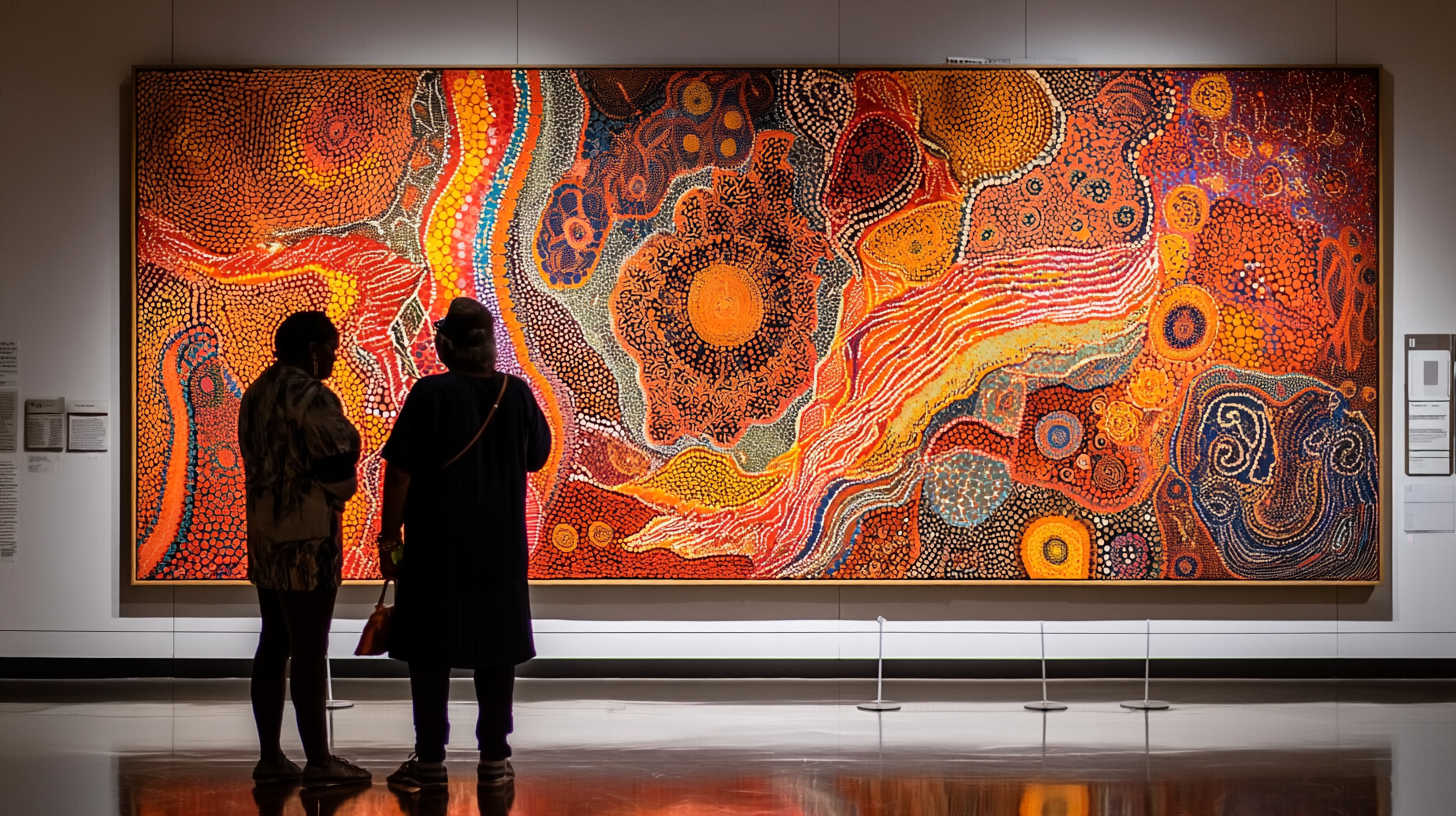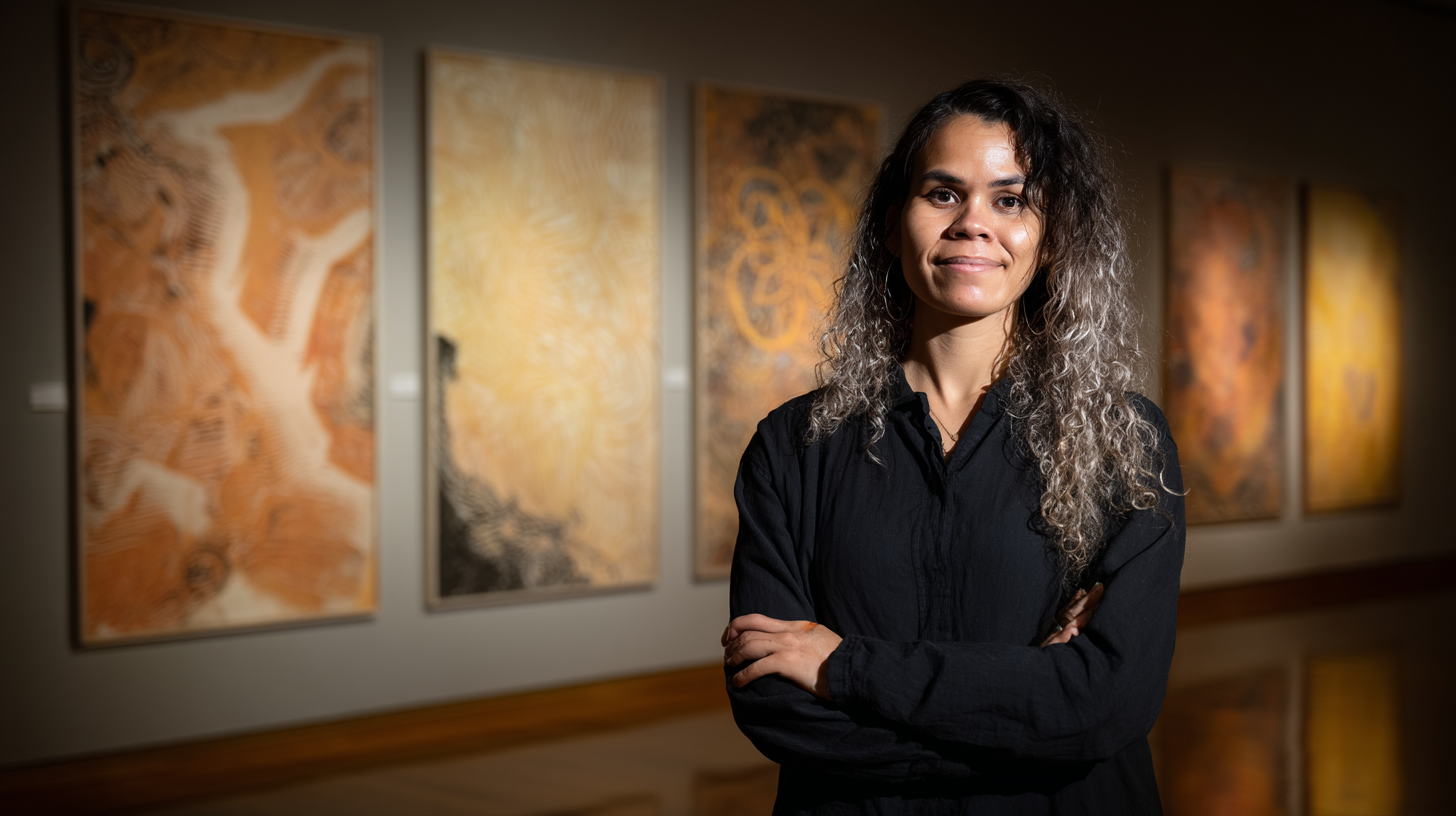Johanna Andersson
& Lars Bergman
Johanna Andersson and Lars Bergman are Sámi artists and activists whose collaborative practice merges art and protest. They live and work between northern Sweden and broader Sápmi, addressing cultural appropriation, land rights, and algorithmic colonialism.
ARTIST STATEMENT
“Our work declares that AI is not Indigenous. Protest is not only a refusal of appropriation but an act of creation in itself. By bringing our resistance into the realm of art, we remind the world that culture is not data, and identity cannot be automated.”
AI Is Not Indigenous
AI Is Not Indigenous
AI Is Not Indigenous
AI Is Not Indigenous AI Is Not Indigenous AI Is Not Indigenous
hnological futures, situating Indigenous sovereignty inside the aesthetics of advanced science while expoexposing the ethics of AI-driven genomic adaptation.
hnological futures, situaating Indigenous sovereignty inside the aesthetics of advanced science while expoexpo
hnological futures, situaating Indigenous sovereignty inside the aesthetics of advanced science while expoexposing the ethics of AI-driven genomic adaptation.
hnological futures, situaating Indigenous sovereignty inside the aesthetics of advanced science while expoexpo
AI Is Not Indigenous (2022-ONGOING)
AI Is Not Indigenous transforms protest into a sustained artistic practice, confronting algorithmic appropriation and cultural erasure. Their slogans — bold declarations carried into the streets — insist that belonging, ancestry, and resistance cannot be automated. By turning protest signs into artworks, Andersson & Bergman expose how datasets scrape Indigenous forms while stripping away meaning. The work refuses to let culture be reduced to patterns, asserting protest as both resistance and creation.
Their protest is not only a reaction to AI but part of a much longer history of colonial extraction, where Indigenous knowledge has repeatedly been commodified without consent. In the context of today’s dataset economies, the work insists that political resistance itself must be recognized as an art form.
5 questions
with yirkala dhunba
1. Your protest signs are both political tools and artworks. How do you decide where one ends and the other begins?
We don’t separate them. The sign carried in the street is a demand for recognition; the same sign on a gallery wall becomes a reminder that resistance has its own aesthetic force. Both are gestures of survival, and to us survival is already an artistic act.
2. In EE Journal 2023, you said “AI cannot be Sámi.” Has your perspective shifted since then?
If anything, it has only hardened. The expansion of AI has made the danger clearer — datasets grow hungrier, corporations more entitled, and governments more complicit. The line we drew in 2023 remains: AI can never embody ancestry, because ancestry is not information, it is lived relation.
3. Do you worry that exhibiting the protest signs risks neutralizing their political power?
Always. That tension is unavoidable. But when protest enters the museum, it carries its contradictions with it. We want to show that art spaces cannot neutralize resistance without exposing their own complicity. The risk is part of the work, and we embrace it.
4. How do you respond to those who argue that AI can also be a tool for Indigenous artists?
Tools are never neutral. Yes, an Indigenous artist may choose to use AI, but the frameworks of extraction remain. When culture is scraped without consent and repackaged as “raw data,” it ceases to be collaboration. We insist that our refusal is also a form of practice, just as valid as any embrace of technology.
5. What does resistance look like in ten years, when AI systems are even more pervasive?
Resistance will likely become more subtle, even invisible — coded into silence, absence, refusal to be captured. At the same time, it may grow louder in other spaces: on the streets, in our communities, in our stories. The form will change, but resistance itself cannot be automated away.
prints on sale
A curated selection of prints from Indigenous Genomic Adaptation is available exclusively through the Art After AI pavilion. These works translate elements from Dhunba’s larger installation into collectible editions, allowing fragments of her speculative laboratory to circulate beyond the gallery. Each print carries the same tension at the heart of her practice: Indigenous knowledge meeting algorithmic speculation, resilience entangled with extraction. By acquiring a print, collectors directly support Dhunba’s ongoing research into how AI and bioart can be reframed through Indigenous sovereignty.





